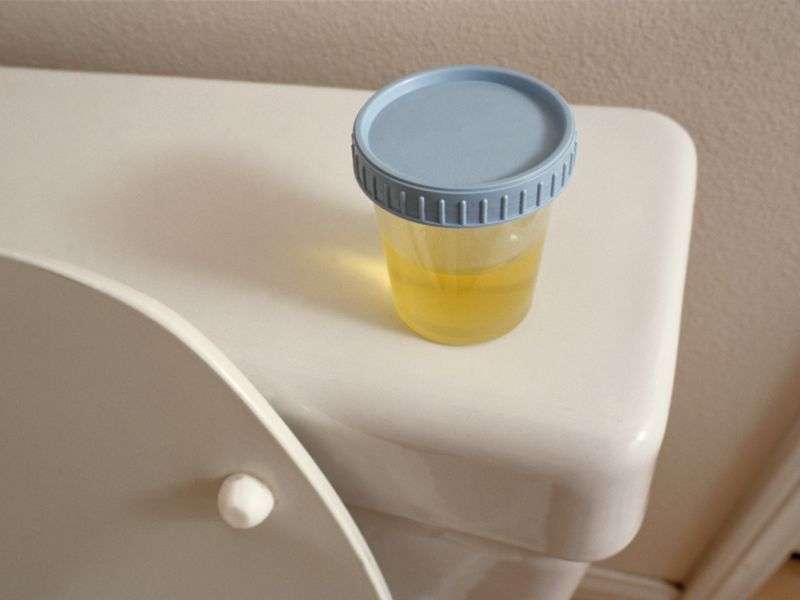(HealthDay)—Testing for combined urinary PCA3 and TMPRSS2:ERG (T2:ERG) RNA can improve detection of prostate cancer, according to a study published online May 18 in JAMA Oncology.
Martin G. Sanda, M.D., from the Emory University School of Medicine in Atlanta, and colleagues conducted a multicenter diagnostic evaluation and validation in academic and community-based ambulatory urology clinics. A sample of men presenting for first-time prostate biopsy without preexisting prostate cancer were enrolled: 516 in the developmental cohort and 561 in the validation cohort. Urinary PCA3 and T2:ERG RNA were measured before prostate biopsy.
The researchers found that at thresholds that preserved 95 percent sensitivity for detecting aggressive prostate cancer, combining testing of urinary T2:ERG and PCA3 improved specificity from 18 to 39 percent in the developmental cohort. Improvement of specificity was also seen in the validation cohort (from 17 to 33 percent), while for aggressive prostate cancer detection, high sensitivity (93 percent) was preserved. Using the urine assay results to select men for biopsy would have resulted in 42 percent of unnecessary prostate biopsies being averted. In cost analysis, the urinary testing algorithm was found to have greater potential benefit for restricting prostate biopsy in younger men.
"Combined urinary testing for T2:ERG and PCA3 can avert unnecessary biopsy while retaining robust sensitivity for detecting aggressive prostate cancer with consequent potential health care cost savings," the authors write.
Several authors disclosed financial ties to pharmaceutical and diagnostic companies, including Hologic, which manufactures the Progensa PCA3 assay and is a licensee of the diagnostic field of use for T2:ERG.
More information: Abstract/Full Text
Journal information: JAMA Oncology
Copyright © 2017 HealthDay. All rights reserved.























